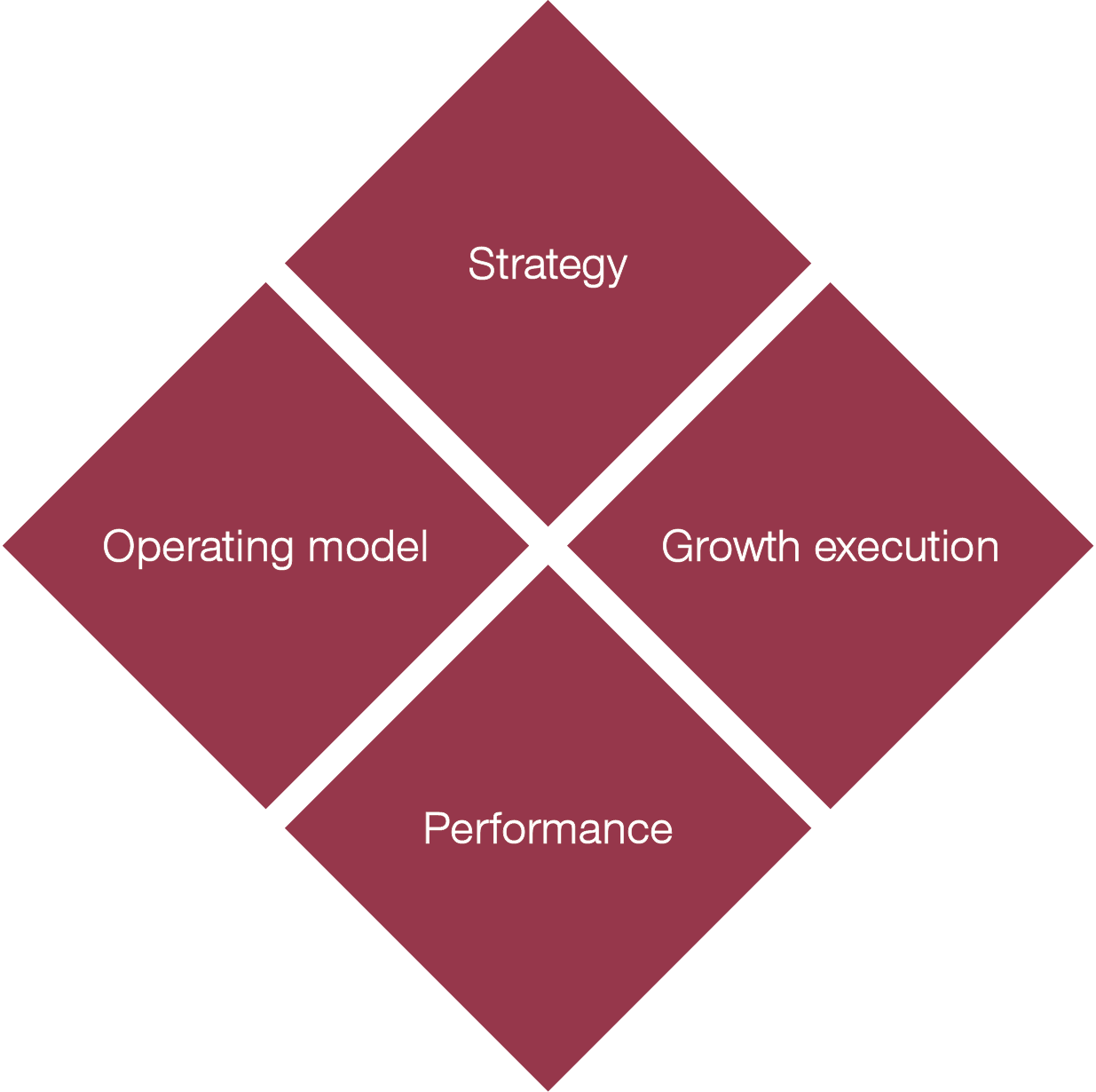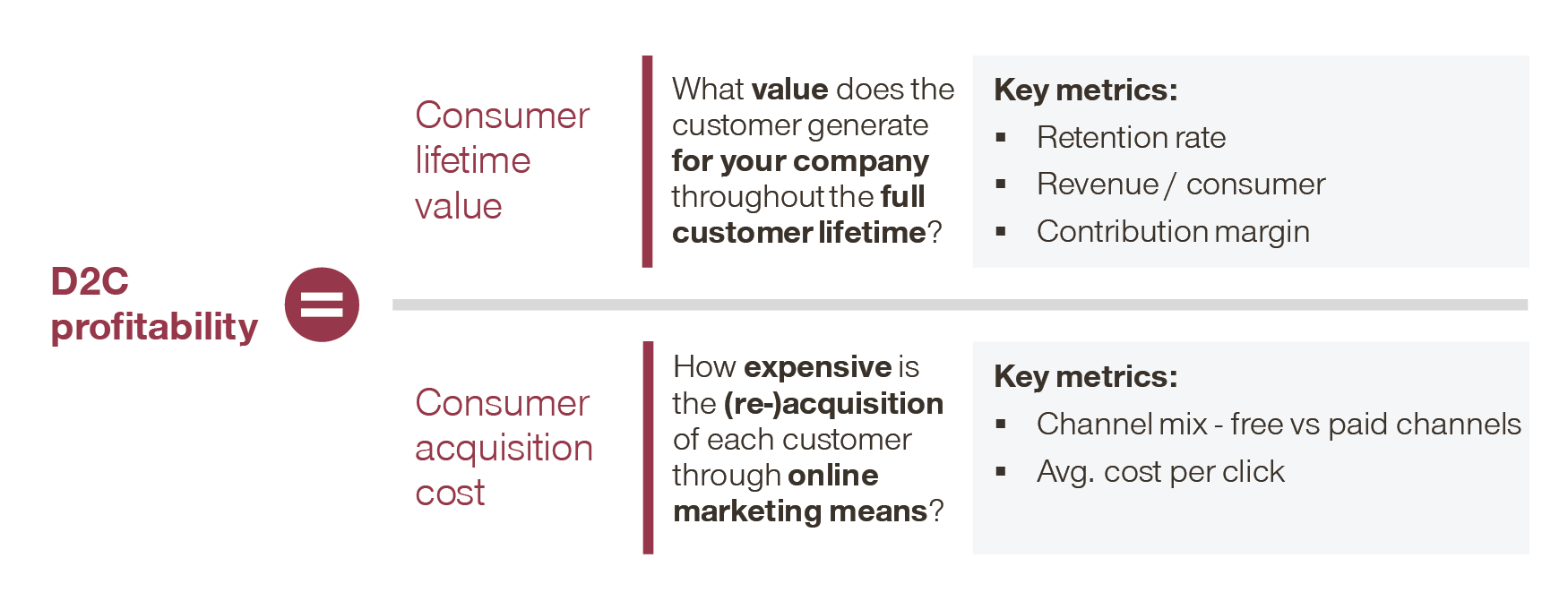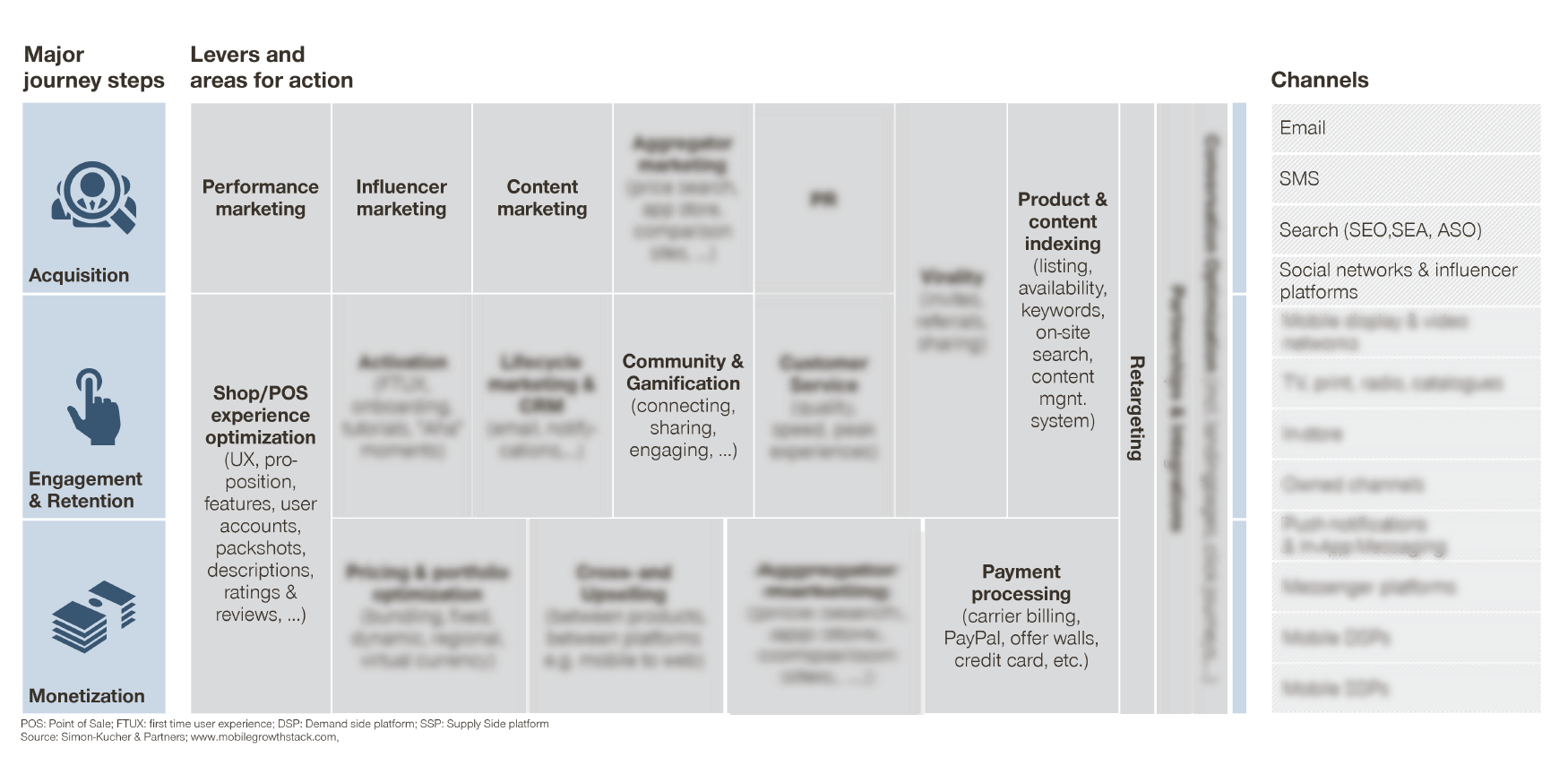eCommerce is shaking up the consumer goods industry. But that's not all: An increasing number of manufacturers also choose a Direct-to-Consumer (D2C) approach – engaging directly with consumers. Companies that do not yet have D2C on their strategic agenda must be careful not to fall behind. They must act now to gain momentum in the online universe.
Consumers’ shopping habits have shifted heavily towards online. In 2021, eCommerce accounted for 19.6 percent of retail sales worldwide, a massive 42 percent increase from 2019. Experts even expect that by 2025, the online segment will make up close to a quarter of total global retail sales. In line with this development, more and more D2C shops are also appearing. The gains are obvious: Consumer goods manufacturers deploying D2C eCommerce benefit from:
- Higher margin potential
- More control over brand, assortment, and prices
- Better access to consumer data to strengthen direct consumer interaction
- Stronger resilience through reduced offline channel dependency
- Reduced dependency on dominating players
To make it more tangible: In our recent D2C projects, the expansion of a D2C online store paid for itself in 12 months with a factor of 5 to 10 times on the initial investment. Our clients were able to achieve more than 100 percent sales growth, more than 80 percent of customer growth, and exceeded profit targets by more than 100 percent.
D2C: How, not if, is the question
Forfeiting any of these benefits would be extremely unwise. Therefore, the question is no longer why D2C but simply how to D2C. From our extensive experience in the industry, we know that D2C excellence of a company’s own platform or third party marketplace activities can be improved along 4 dimensions:

Dimension #1: D2C strategy
A strong and holistic D2C strategy is the prerequisite for accelerating your sales via this channel. When developing your D2C strategy, there are a couple of factors to consider: First, you need to define your vision and value proposition. Ask yourself: Why should consumers choose to buy via your own channel? And in which D2C channels do you want to compete? Put yourself in the shoes of your consumers and use the gained insights to clearly define your D2C USP. Then, you can tailor the consumer journey to it. Have in mind, that different D2C channels might target different consumer profiles and that a USP of your own store does not necessarily translate into the USP of your marketplace proposition.
In a next step, you need to find out your company’s D2C maturity to determine where you’re starting from. You can evaluate this by getting an overview about the status quo of your D2C strategy and organization to define your starting point and next steps to excel in the online universe.
Understanding your level of D2C ambition as well as your desired focus are also important to define your strategy. In doing so you need to know where you want to go with your D2C business in the next three years and on which markets, consumers, communication strategy, and go-to-market approach you want to focus on. This knowledge will help you make the necessary bold strategic choices to differentiate your offer, avoid channel conflicts, and grow your D2C business into a competitive advantage.
Dimension #2: D2C performance
Ultimately, you will only have a successful Direct-to-Consumer channel if you are able to monitor the performance. Companies need to lay the organizational foundation for a data driven D2C strategy as well as define KPIs to adjust measures if necessary. Two of the most important metrics are consumer life-time value (CLV) compared against customer acquisition costs (CAC).

As long as CLV is higher than CAC – enabled by smart consumer acquisition measures – your D2C channel is bound for success. In addition to CLV and CAC, you also need to continuously track performance along the sales funnel by channel (e.g., SEO, SEA) to base your day-to-day steering on data driven decision making. If you’re using a partner approach in D2C, you should closely monitor partner performance based on value added to identify partners and resources with the capabilities to support your D2C growth.
Dimension #3: D2C growth execution
To execute your Direct-to-Consumer channel growth effectively, you need to focus on three paramount elements: You need to be able to identify optimization levers along the main steps of the consumer journey namely acquisition, monetization, and retention. As a next step, you then need to focus on the levers and actions that offer the highest growth potential. The graph below visualizes exemplary levers for action that will support optimization of the consumer journey:

In addition, knowing your consumers needs and preferences by heart is probably the most important part of any business. Use 360° consumer segmentation to create a personalized and meaningful experience to your consumers. Afterwards, think about how to connect this personalized online consumer experience with offline consumer touchpoints to design a truly seamless omni-channel experience.
Dimension #4: D2C operating model
The right operating model is the backbone of your D2C efforts. It should be based on well-established organization & governance structures. Make sure that roles and responsibilities are end-to-end defined to enable efficient decision-making. To keep up with other D2C players, your team needs to have the right skills to operate with a “digital first” mindset emphasizing data-driven decisions, experimentation, agility, and consumer centricity. And finally, collecting and leveraging data is the basis for decision making and can create a huge advantage in D2C. You need to acquire the right technology and infrastructure and combine it with the right expertise.
Are you already a D2C Champion?
As you can see, setting out for a successful D2C journey requires a lot of different steps and measurements to consider. How far along are you in the process? In which of the four dimensions do you have the biggest growth potential? To answer these questions and to start a discussion with us, we developed a self-assessment tool for you:










